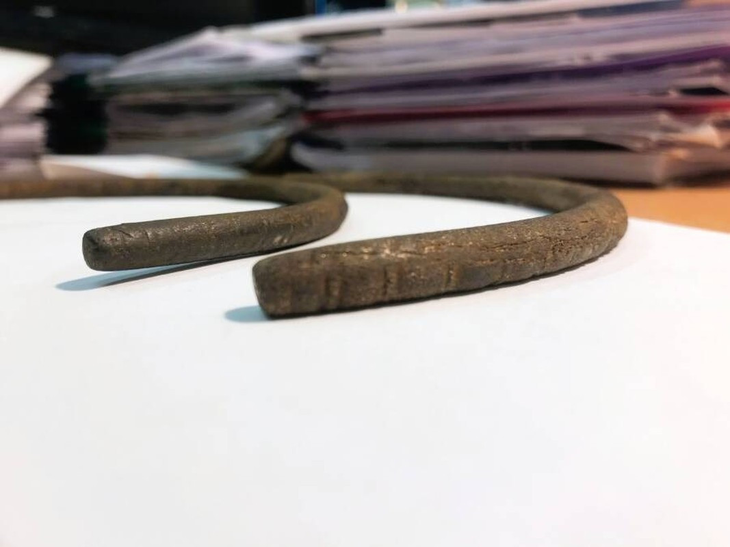 |
| A farmer in Bartosze, Poland, accidentally discovered a " treasure " of two pieces of metal while repairing a water pipe in a field in January. (Photo: Warmian-Masurian Voivodeship Conservator of Monuments) |
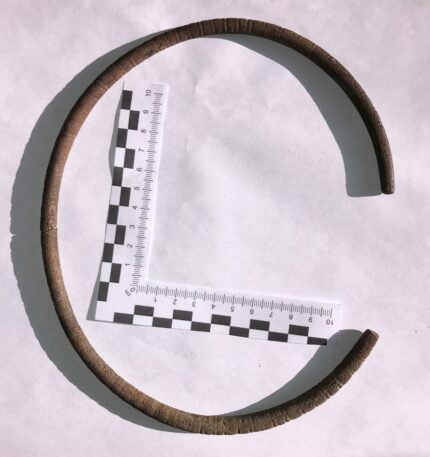 |
| Two pieces of metal that can be joined together to form a complete item, believed to have once been a necklace. (Photo: thehistoryblog) |
 |
| Analysis shows the bronze object is from the late Bronze Age, dating back more than 2,500 years. (Photo: thehistoryblog) |
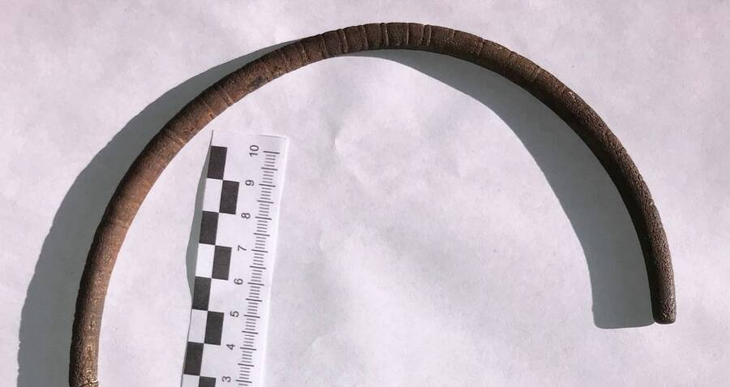 |
| Experts believe the bracelet belonged to an individual from the Lusatian culture , during the transition from the Bronze Age to the Iron Age . (Photo: All That's Interesting) |
 |
| The ring will continue to be examined at the Institute of Archaeology, Nicolas Copernicus University before being displayed in the local museum. (Photo: Ancient Pages) |
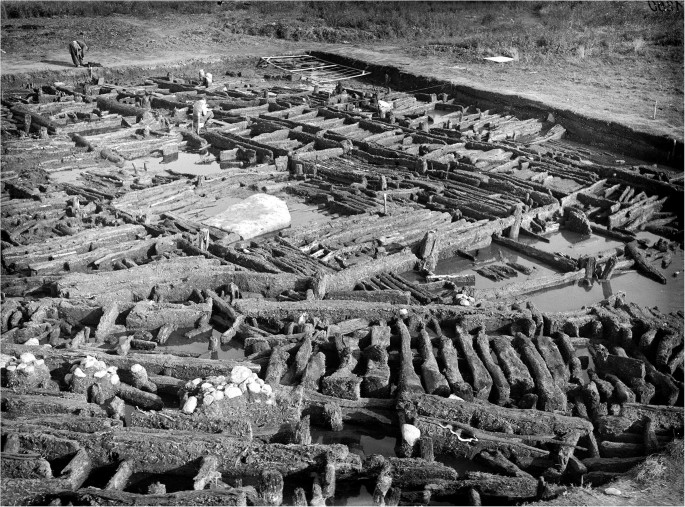 |
| The discovery period is identified as Hallstatt C (800–600 BC), associated with the widespread use of iron in tool and weapon making. (Photo: link.springer.com) |
 |
| Many artifacts from this period in Poland such as axes, swords, decorative pins, and horse bridles have been found, showing advanced metallurgical techniques. (Photo: allthatsinteresting) |
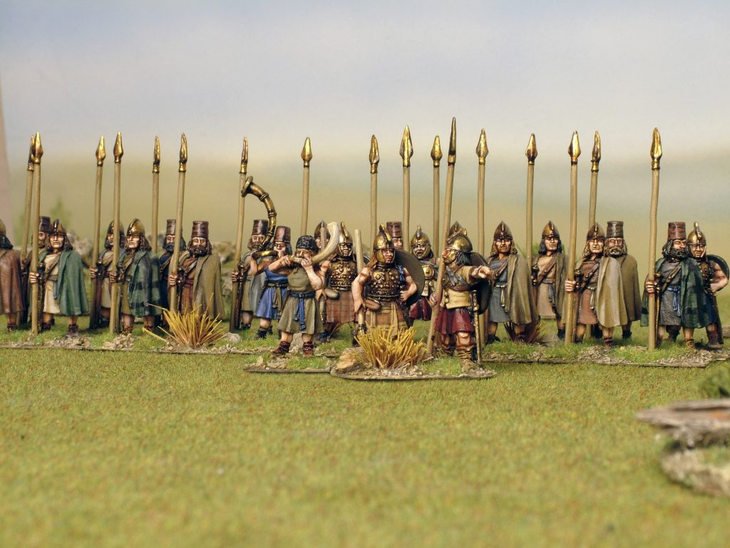 |
| These findings also reflect changes in Lusatian culture such as complex funeral rituals and the emergence of a social elite. (Photo: indo-european-connection) |
Dear readers, please watch more videos : The journey of the heavenly treasure Black Beauty to Earth.
Source: https://khoahocdoisong.vn/sua-ong-nuoc-nguoi-nong-dan-suong-run-dung-trung-bau-vat-troi-ban-post267906.html





![[Photo] Prime Minister Pham Minh Chinh and Prime Minister of the Kingdom of Thailand Paetongtarn Shinawatra attend the Vietnam-Thailand Business Forum 2025](https://vphoto.vietnam.vn/thumb/1200x675/vietnam/resource/IMAGE/2025/5/16/1cdfce54d25c48a68ae6fb9204f2171a)




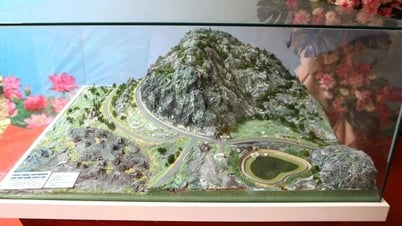


![[Video] Tran Dai Nghia Award 2025 honors 2 outstanding scientific and technological works](https://vphoto.vietnam.vn/thumb/402x226/vietnam/resource/IMAGE/2025/5/16/4ddf8bb7d7db4931a613bd16be060c96)


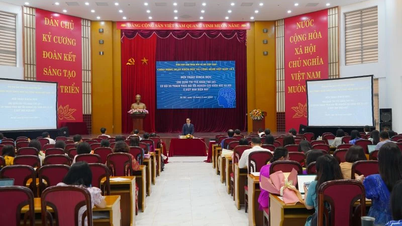










![[Photo] President Luong Cuong receives Prime Minister of the Kingdom of Thailand Paetongtarn Shinawatra](https://vphoto.vietnam.vn/thumb/1200x675/vietnam/resource/IMAGE/2025/5/16/52c73b27198a4e12bd6a903d1c218846)

































































Comment (0)